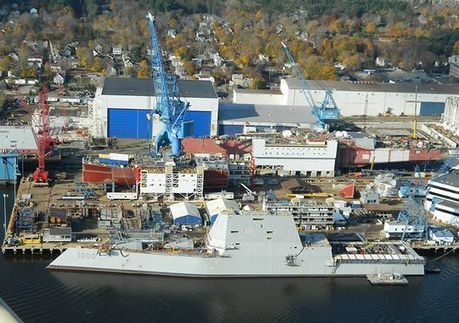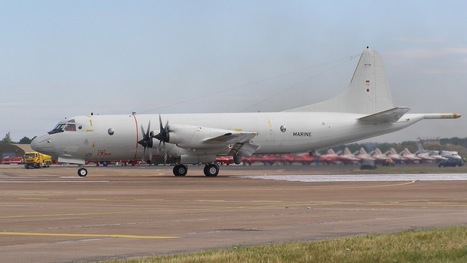In life, Tulare native Elmo "Bud" Zumwalt led a distinctive, storied career that included being the youngest-ever chief of U.S. Naval Operations and the architect of Navy personnel policies that eased racial tensions in the service.
Though he died in January 2000, Zumwalt's name took a step closer this year to becoming immortalized in a new way by the Navy.
The first of a new class of navy destroyers bearing his name was christened in April at the General Dynamics Bath Iron Works in Bath, Maine. Five months earlier, the future "USS Zumwalt," was put in the water for the first time for the final phases of construction.
"Basically, the ship is 92 percent complete," said Chris Johnson, a spokesman for the Naval Sea Systems Command in Washington, D.C. "It's in the water. It looks like a ship."
But it doesn't look like any ship before it. The Zumwalt is the first of a new class of destroyers that will be designated "Zumwalt-class" ships.
They're about 100 feet longer than the Navy's current destroyers and operate on an electrical propulsion system powered by specially-formulated jet fuels, unlike the noisier diesel-powered engines destroyers now use.
In addition, they'll operate with about 100 fewer crew members than current destroyers because of the numerous automated systems installed that will include automatic fire-suppression equipment and automatic cannon loaders.
Then new ships also look a lot different from existing destroyers, as the Zumwalt will have very little deck area, so most of most of the crew will work and live in enclosed areas, much like sailors of submarines, Johnson said.
The body changes will help give the ships a "stealth capability" to avoid detection by enemy ships, along with a new radar system that other ships will have a tough time tracking back the source of a radar "ping," he said.
At an estimated cost of $3.1 million apiece, the first Zumwalt-class ship is expected to undergo seat testing some time next year with plans to be put into service in 2016, while two other ships are under construction.



 Your new post is loading...
Your new post is loading...










